Increasing Health Awareness
The OTC Health Product Market is experiencing a notable surge in demand due to rising health awareness among consumers. Individuals are increasingly prioritizing their health and wellness, leading to a greater inclination towards preventive care. This trend is reflected in the growing sales of OTC products, which are perceived as convenient and accessible solutions for minor health issues. According to recent data, the market for OTC health products is projected to reach approximately 50 billion dollars by 2026, driven by consumers' proactive approach to health management. As people become more informed about health-related issues, they are more likely to seek out OTC products, thereby propelling the industry forward. This shift in consumer behavior indicates a long-term trend that could reshape the landscape of the OTC Health Product Market.
Shift Towards Preventive Healthcare
The shift towards preventive healthcare is significantly influencing the OTC Health Product Market. Consumers are increasingly adopting a proactive approach to health, seeking products that help prevent illnesses rather than merely treating them. This trend is evident in the rising popularity of vitamins, supplements, and other preventive health products. Market data suggests that the preventive healthcare segment is projected to grow at a rate of 6% annually, reflecting a broader societal shift towards wellness and self-care. As consumers become more health-conscious, they are likely to invest in OTC products that align with their preventive health goals. This evolving mindset is expected to drive innovation and diversification within the OTC Health Product Market, as manufacturers respond to the growing demand for preventive solutions.
Regulatory Support and Standardization
Regulatory support and standardization are crucial drivers for the OTC Health Product Market. Governments and health authorities are increasingly recognizing the importance of OTC products in public health. This recognition has led to the establishment of clearer guidelines and regulations that ensure product safety and efficacy. As a result, consumers are more likely to trust and purchase OTC products that meet these standards. Moreover, the harmonization of regulations across different regions is facilitating easier market access for manufacturers, thereby expanding the range of products available to consumers. This regulatory environment is expected to foster innovation and competition within the OTC Health Product Market, ultimately benefiting consumers through improved product offerings and enhanced safety.
Aging Population and Chronic Disease Management
The aging population is a significant driver of the OTC Health Product Market. As the demographic landscape shifts, there is an increasing prevalence of chronic diseases that require ongoing management. Older adults are more likely to seek OTC solutions for managing their health conditions, which has led to a rise in the demand for products targeting pain relief, digestive health, and other age-related issues. Data indicates that the segment of OTC products aimed at older consumers is expected to grow substantially, reflecting the changing needs of this demographic. This trend underscores the importance of tailoring product offerings to meet the specific health concerns of an aging population, thereby shaping the future of the OTC Health Product Market.
Technological Advancements in Product Development
Technological advancements are playing a pivotal role in the evolution of the OTC Health Product Market. Innovations in formulation and delivery methods are enhancing the efficacy and appeal of OTC products. For instance, the introduction of smart packaging and digital health solutions is transforming how consumers interact with these products. The integration of technology not only improves user experience but also facilitates better adherence to treatment regimens. Furthermore, data suggests that the market for technologically advanced OTC products is expected to grow at a compound annual growth rate of 7% over the next five years. This growth is indicative of a broader trend where technology is increasingly intertwined with health management, thereby influencing consumer choices and preferences in the OTC Health Product Market.


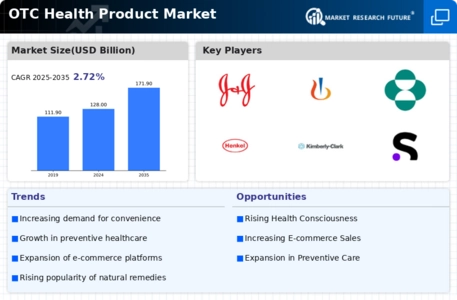
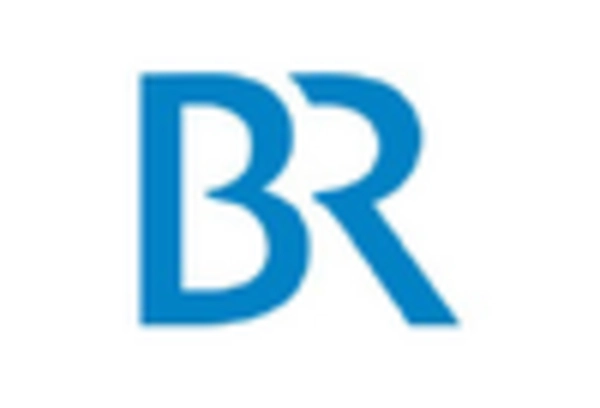
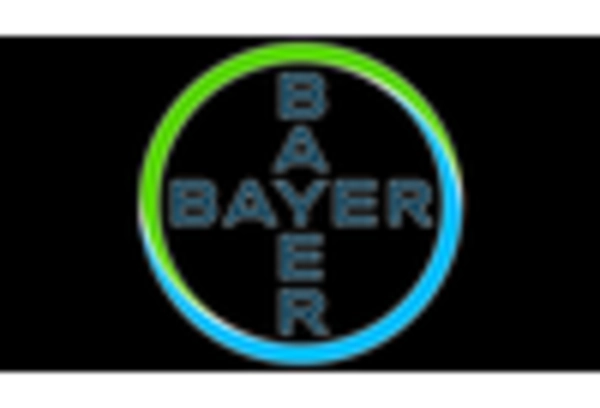
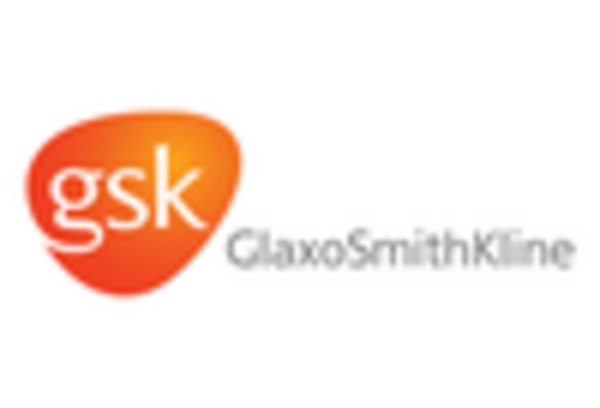



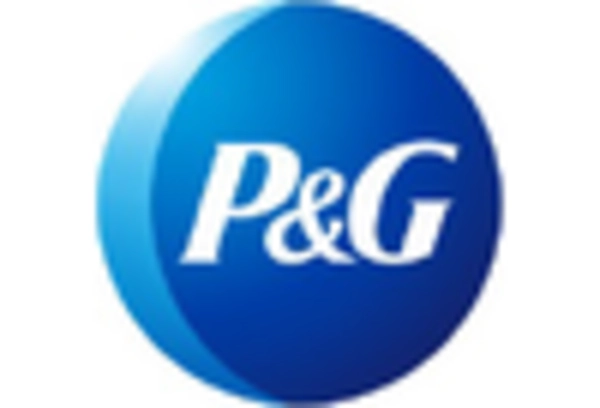
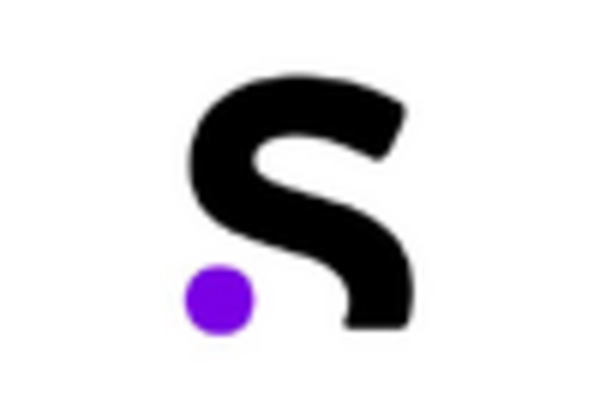








Leave a Comment